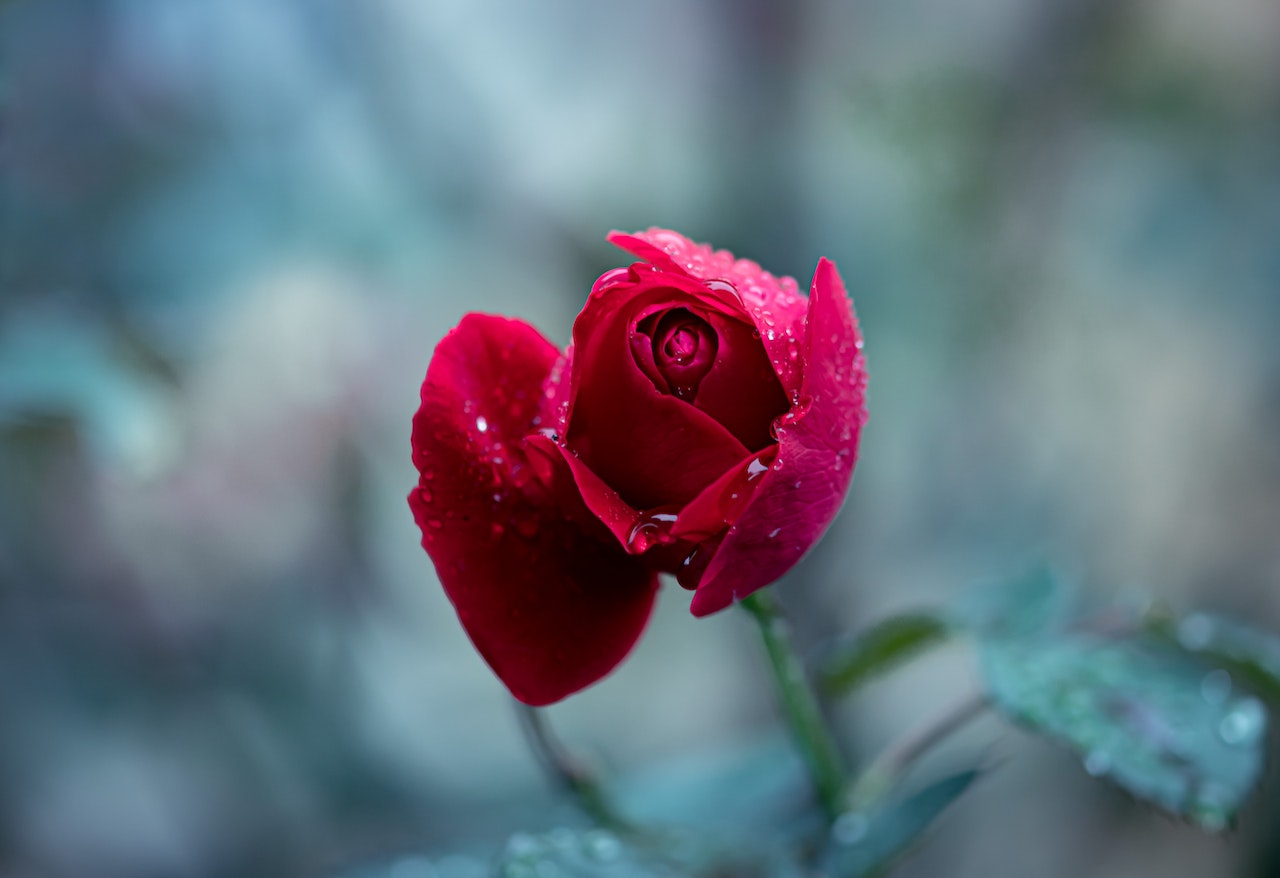Taking care of a rose plant involves several key steps to ensure its health and promote beautiful blooms. Here are some general guidelines: Planting: Choose a suitable location for your rose plant, providing it with at least six hours of direct sunlight each day. Ensure the soil is well-drained and fertile. Dig a hole slightly larger than the root ball, place the rose in the hole, and backfill with soil. Water thoroughly after planting. Watering: Roses require regular watering, especially during dry spells. Water deeply at the base of the plant, avoiding wetting the leaves. Aim for a consistent moisture level without waterlogging the roots. In hot weather, you may need to water every 2-3 days, whereas cooler climates might require less frequent watering.
Roses come in a multitude of varieties, each with unique characteristics that cater to different gardening preferences and aesthetic desires. Hybrid Tea Roses are renowned for their large, single blooms on long stems, making them popular for cut flowers. Floribunda Roses produce clusters of blooms, offering a prolific display of color throughout the growing season. Grandiflora Roses combine the attributes of hybrid teas and floribundas, featuring large blooms in clusters. Climbing Roses and Rambling Roses are ideal for trellises, arbors, and fences, with long canes that can be trained to grow vertically. Miniature Roses are compact varieties perfect for containers and small garden spaces, producing tiny, yet perfectly formed flowers. Shrub Roses, including the famous David Austin English Roses, blend old-fashioned charm with modern disease resistance and repeat blooming. Groundcover Roses spread low and wide, offering excellent coverage and color for garden beds. Tree Roses or Standard Roses are grafted onto tall stems, creating a tree-like appearance that adds vertical interest to the garden. Each rose variety brings its own unique blend of color, fragrance, and form, making roses a versatile and beloved choice for gardener.
Mulching: Apply a layer of organic mulch, such as wood chips or compost, around the base of the plant. Mulching helps retain moisture, suppress weeds, and regulate soil temperature. Leave a small gap around the stem to prevent rot. Fertilizing: Roses benefit from regular feeding to promote healthy growth and abundant blooms. Use a balanced rose fertilizer or a slow-release granular fertilizer formulated for roses. Apply according to the package instructions, usually in early spring and again in early summer. Water the plant after fertilizing to prevent burning. Pruning: Pruning is essential for maintaining the shape of the rose plant and encouraging new growth. In late winter or early spring, prune out dead, damaged, or crossing branches. Cut above an outward-facing bud at a 45-degree angle. Regularly remove spent flowers to encourage more blooms.
Disease and pest control: Roses are prone to certain diseases like black spot and powdery mildew. Monitor your plants regularly and take action at the first signs of disease. Treat with appropriate fungicides or consult a local gardening expert for guidance. Similarly, watch for common pests like aphids or spider mites and use insecticidal soaps or natural remedies to control them. Winter care: Depending on your climate, roses may need protection during winter. Mulch around the base of the plant to insulate the roots, and if your region experiences severe frost, consider covering the plant with burlap or a protective covering. Remember to consult local gardening resources or experts for specific advice tailored to your rose variety and regional climate.
You can buy rose plants from various sources, both online and offline. Here are some options:
- Local Nurseries and Garden Centers:
- Visit your local nursery or garden center, where you can find a selection of rose plants suited to your climate and preferences. Nursery staff can often provide advice on care and selection.
- Online Plant Retailers:
- Many online retailers specialize in selling plants, including roses. Websites like Amazon, Etsy, and eBay offer a wide variety of rose plants, often shipped directly from growers.
- Specialty Rose Nurseries:
- Look for nurseries that specialize in roses. These nurseries often offer a broader selection of rose varieties and may provide more expert advice on care and cultivation.
- Rose Societies and Clubs:
- Local rose societies or clubs may organize plant sales or swaps where you can buy rose plants directly from other enthusiasts.
- Farmers’ Markets and Plant Sales:
- Farmers’ markets and local plant sales often feature vendors selling a variety of plants, including roses. This can be a great way to find unique varieties grown by local growers.
- Mail-Order Catalogs:
- Some nurseries and gardening companies offer mail-order catalogs where you can browse and order rose plants to be delivered to your doorstep.
- Big Box Retailers:
- Large retailers like Home Depot, Lowe’s, and Walmart often carry a selection of rose plants, especially during the spring and early summer seasons.
- Community Events and Garden Shows:
- Check for community events or garden shows in your area where vendors may sell rose plants and other gardening supplies.
When buying rose plants, it’s essential to choose healthy specimens with strong stems and well-developed roots. Consider factors like bloom color, fragrance, and disease resistance, and ensure you select varieties suited to your climate and growing conditions.

